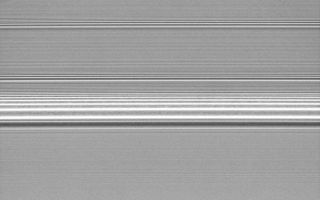
PIA08824: Spiral Density Waves
|
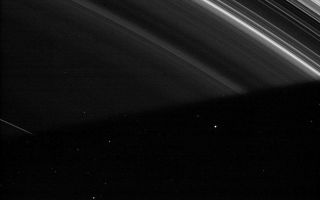
PIA08825: Science at the Shadow Boundary
|
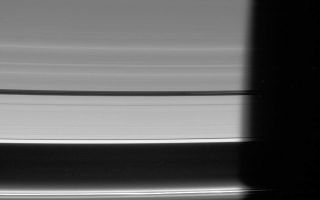
PIA08826: Pan Speeds into Darkness
|
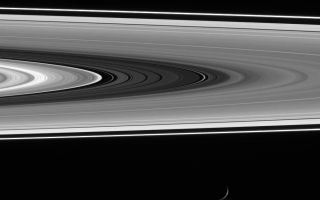
PIA08827: A Faint Ring Shines
|
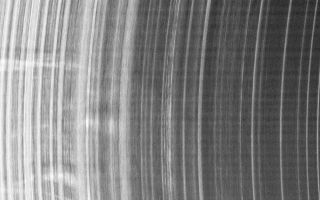
PIA08831: Aging Spokes
|
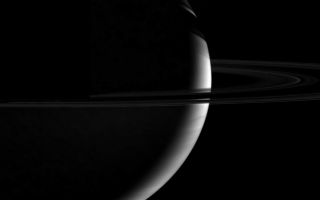
PIA08832: Arc and Crescent
|
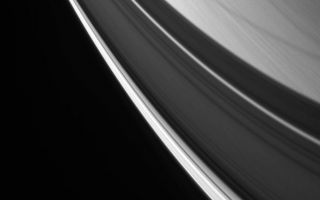
PIA08833: Perfect Dark
|
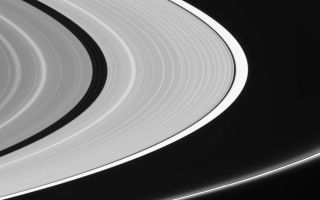
PIA08834: World of Contrast
|
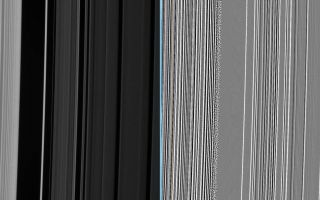
PIA08836: Intriguing Texture
|
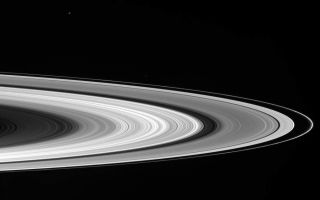
PIA08837: Encircling Saturn
|
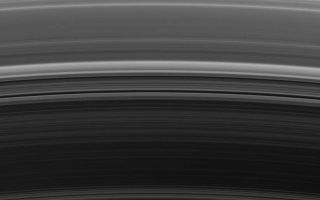
PIA08840: The Rings' Variety
|

PIA08843: Stretching the Gores
|
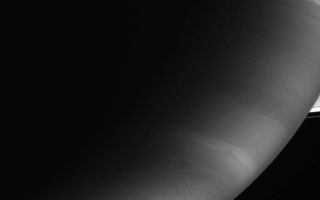
PIA08844: Saturnian Squiggles
|
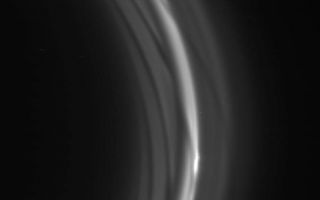
PIA08845: The "Gore-y" Details
|
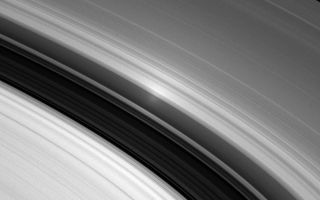
PIA08846: At Opposition
|
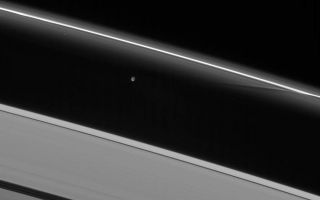
PIA08847: Moon and Its Handiwork
|
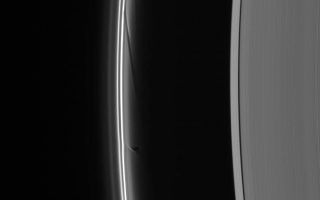
PIA08849: Act of Creation
|
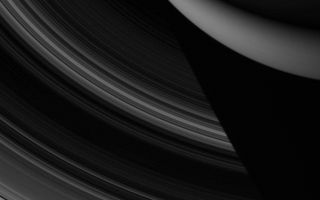
PIA08850: The Vanishing Rings
|
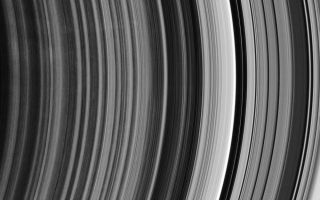
PIA08852: The Spoke Boundary
|
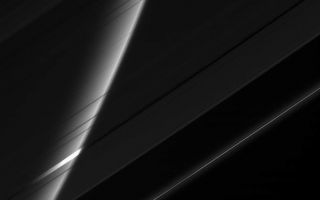
PIA08853: Veil of Ice
|
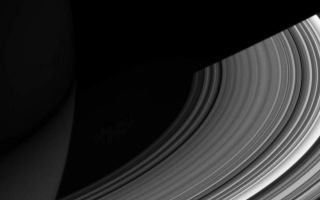
PIA08855: Scintillating C Ring
|

PIA08859: Stars and Stripes ... and Spokes
|
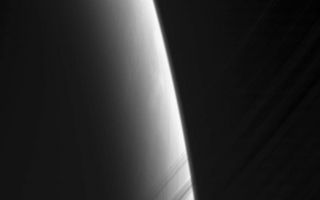
PIA08860: Toward Morning
|
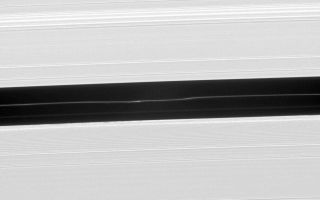
PIA08861: The Bends
|
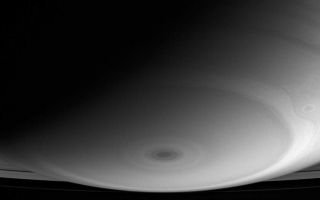
PIA08862: Down Below
|
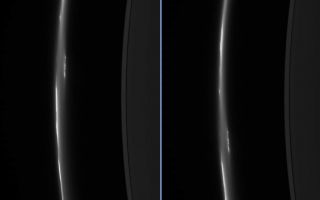
PIA08863: Breakup Captured?
|
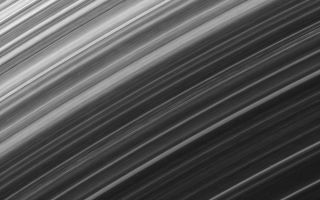
PIA08865: Unknown Origin
|

PIA08866: Agitators of the Atmosphere
|
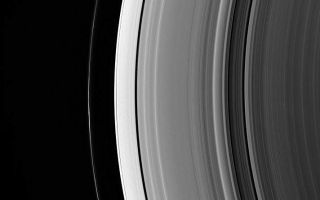
PIA08867: Epimetheus and the Dark Side
|
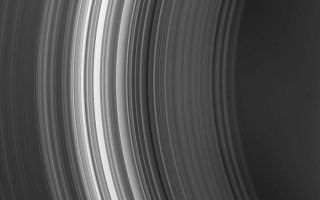
PIA08869: The Inner Rings
|